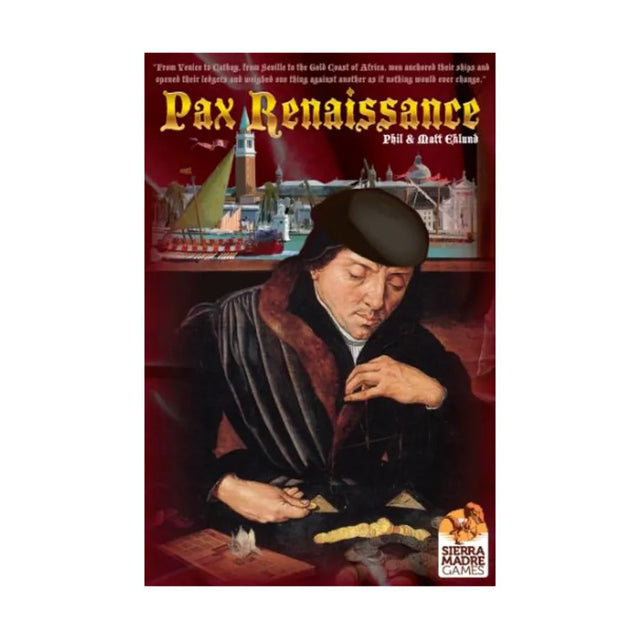Contextual Setting
In a Renaissance-themed board game, expect to be thrust into a vivid representation of the 14th through 17th centuries. You'll find yourself surrounded by the art, culture, and historical context that define this period. The game's artwork and components are designed meticulously to capture the essence of the era, from detailed depictions of historical figures to replicas of architectural marvels. As you play, you'll navigate a world where cities such as Florence and Venice are bustling with trade, and the Medici family’s influence looms large.
Gameplay Dynamics
The strategic elements in a Renaissance-themed game are often complex and interwoven, reflecting the multifaceted society of the time. You may contend with rival states, negotiate with powerful families, or trade with distant lands. Each decision carries weight, and the balance of resource management, strategy, and timing will dictate your path to success. Influence and cunning may see you rise to prominence amidst the cutthroat politics of the era.
Objectives and Goals
Victory conditions in Renaissance games are tied closely to thematic elements—the accumulation of wealth, widespread influence, or contributions to arts and sciences can all be pathways to success. Your objectives could range from completing grand artistic works to pioneering new inventions or navigating the intricate web of Renaissance diplomacy to secure your position among the elite.
Mechanisms Reflecting the Theme
Gameplay mechanics are tailored to mirror the Renaissance's drive for discovery and expansion. You might engage in worker placement to represent the gathering and allocation of labor and resources, or use a card-drafting system that simulates securing the best minds and artisans for your endeavors. Area control mechanics may have you vie for dominion over territories, auction and bidding systems could simulate the patronage competition of the age.
Educational Aspects
Playing a board game with a Renaissance theme can be an educational journey, exposing players to the period's historical figures, technological milestones, and artistic achievements. The act of building structures, patronizing art, or developing new trade routes can provide insights into historical realities, simultaneously teaching and entertaining.
Emotional Connection
The game experience is crafted to provoke a sense of belonging to the Renaissance epoch. Players may feel the ambition of a Medici, the creativity of a Da Vinci, or the discovery joy of a Magellan. This immersive experience can create an emotional bond to the era, as players enact the roles of historical figures and leave their mark on the game's virtual history.
Replay Value
The complexity of Renaissance society provides a wide canvas for replayability. With each game, new strategies and narratives can unfold, much like the dynamic history of the era itself. The variability of roles, random event triggers, and modular board elements ensure that no two playthroughs are the same, continuously challenging players to adapt and explore new facets of the Renaissance world.
Jeux utilisants Increase Value of Unchosen Resources à thématique Renaissance
Card Game à thématique Renaissance
Jeux publiés par Giochix.it à thématique Renaissance
Jeux publiés par Atalia à thématique Renaissance
Strategy Game à thématique Renaissance
Jeux utilisants Variable Set-up à thématique Renaissance
Jeux publiés par DV Games à thématique Renaissance
Jeux publiés par Galápagos Jogos à thématique Renaissance
Jeux à thématique Video Game Theme et Renaissance
Jeux conçus par Dávid Turczi à thématique Renaissance


Jeux utilisants Set Collection à thématique Renaissance
Jeux publiés par Last Level à thématique Renaissance
Jeux conçus par Christian Martinez à thématique Renaissance

Histrio
Jeux utilisants Memory à thématique Renaissance































































































